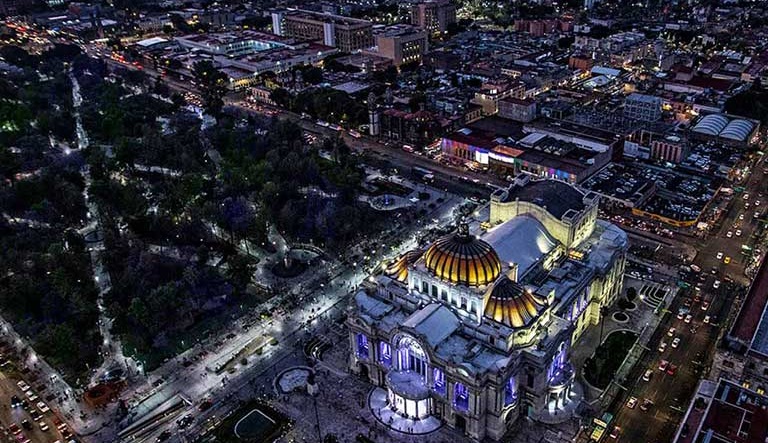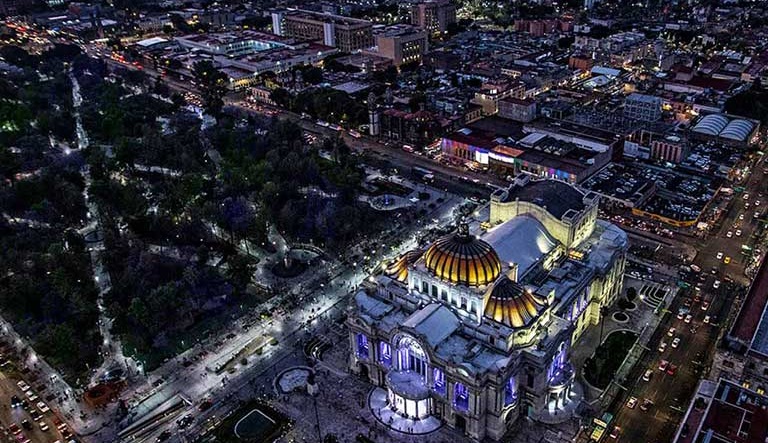On March 11, 2022, the Ministry of the Environment and Natural Resources (“SEMARNAT”) published in the Federal Gazette of the Federation (“DOF”) Official Mexican Standard NOM-001-SEMARNAT-2021, which sets forth the maximum tolerable limits of pollutants in wastewaters discharged into receiving national water bodies (“NOM-001”).
The new NOM-001 is the result of an update procedure of the previous Official Mexican Standard, which process commenced during the last presidential term. In reality, the contents and reach of the new NOM-001 go beyond a simple update. Due to their depth, the result of these revisions is actually a whole new standard, which was long overdue after the original was in place for more than 24 years.
The revisions of NOM-001 range from the strictly formalistic to the substantially technical and from the name of the new NOM-001 to the toughening of most of the tolerable limits of pollutants in wastewaters discharged into receiving national water bodies. This last reference if relevant as this standard only impacts the management of discharges into National water bodies, for example rivers, streams, canals, drains, reservoirs, lakes, lagoons, Mexican maritime zones, and infiltration into the waterbed.
The key differences with the original NOM-001, published back in January 6, 1997, are:
i. The referred standards are updated;
ii. The classification of the national water bodies receiving wastewaters is amended. In essence, the determination of the use of the receiving water body is deleted. This element was crucial to determine the tolerance to certain pollutants without considering the ecosystemic nature of the receiving water body;
iii. Strengthens and makes the tolerable limits of pollutants in waste waters more stringent;
iv. Establishes that, due to their vulnerability, wetlands and karstic ecosystems will demand particular discharge conditions. This revision is particularly relevant in areas where sumps, creeks, or underground rivers and located, for example, the Yucatán Peninsula;
v. Substitutes the Oxygen Biochemical Demand parameter with the Oxygen Chemical Demand and the latter is substituted by the Total Organic Carbon parameter in concentrations exceeding 1000 mg/l of chloride;
vi. Includes the parameters of True Color and Acute Toxicity, which were not regulated;
vii. Includes a compliance assessment procedure which was not clearly included in the earlier version; and
viii. Sets forth the obligation to include adequate sampling ports at discharge points in order to facilitate verification for both internal review and from environmental authorities. The definition includes technical, design, and infrastructure specifications for such purposes.
During the approval process of the NOM-001 update, multiple sectors showed concerns due to the adaptations that would be required in order adjust existing installations and comply with the new parameters of pollutants. It is foreseeable that the investments required for the existing installations to be able to comply can be relevant.
Considering the foregoing, SEMARNAT has determined that the new standard will come into force until March 11, 2023, that is, 365 days after its publication.
Additionally, the maximum general tolerable levels will become effective on April 3, 2023. On the other hand, the water toxicity and true color parameters, as well as the normative appendix related to sampling ports, shall be enforced until the fourth year following publication of NOM-001, that is, on March 11, 2026.
On this regard, and even when the new NOM-001 will take at least a year to become effective, we suggest carrying out an analysis of the capital investment and physical adaptations required in order to comply with the new parameters or, in its case, exploring alternate or contentious strategies. Likewise, on this regard NOM-001 foresees that CONAGUA can issue general guidelines in order for the regulated parties to be able to present tailor-made compliance programs.
Please note that until NOM-001 becomes effective, regulated parties must continue complying with Official Mexican Standard NOM-001-SEMARNAT-1996, which sets forth the maximum tolerable limits of pollutants in wastewaters discharged into national receiving waters and national assets, published in the Official Gazette of the Federation on January 6, 1997.
Should you require additional information, please contact our Environmental and Social Impact experts (see below).






